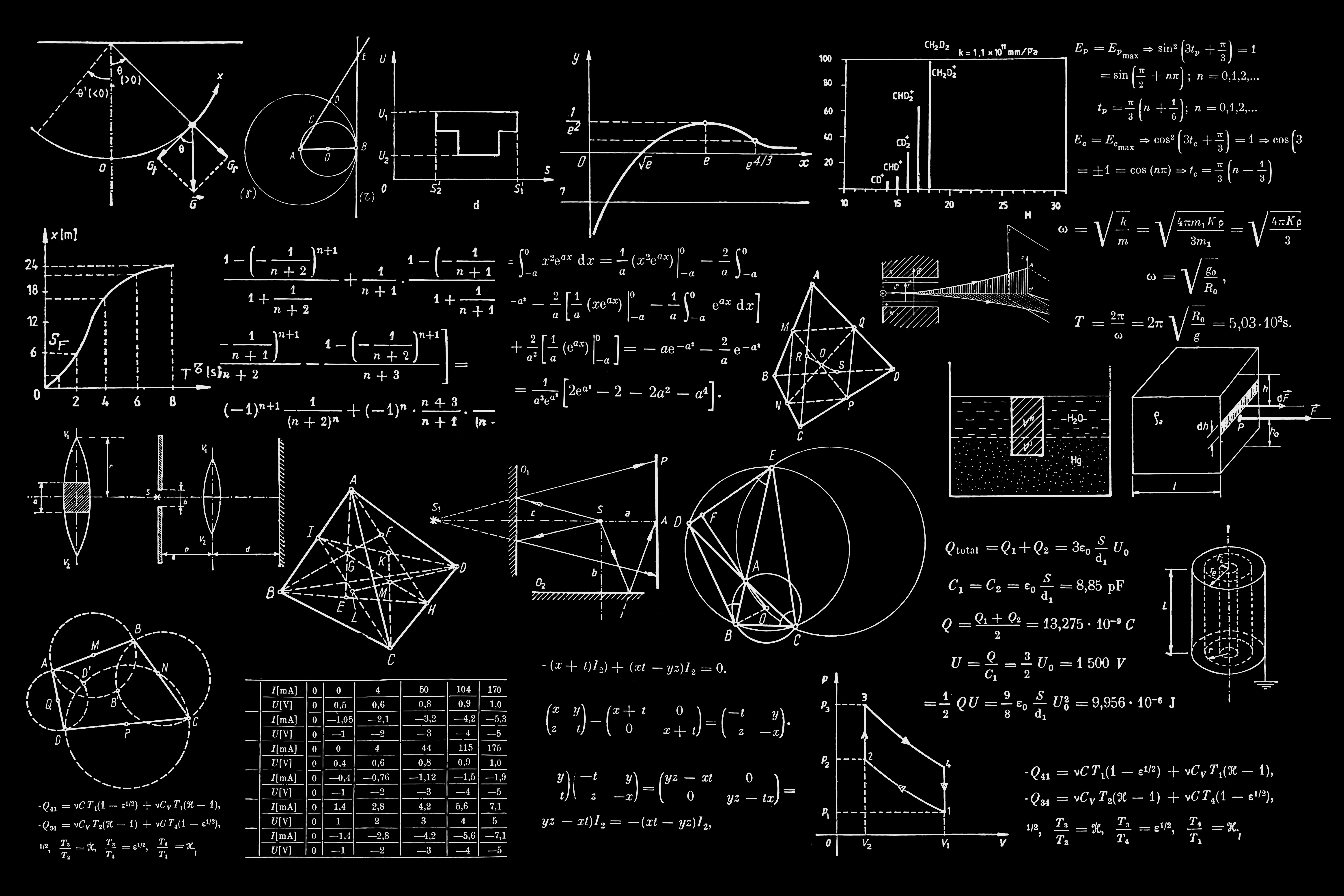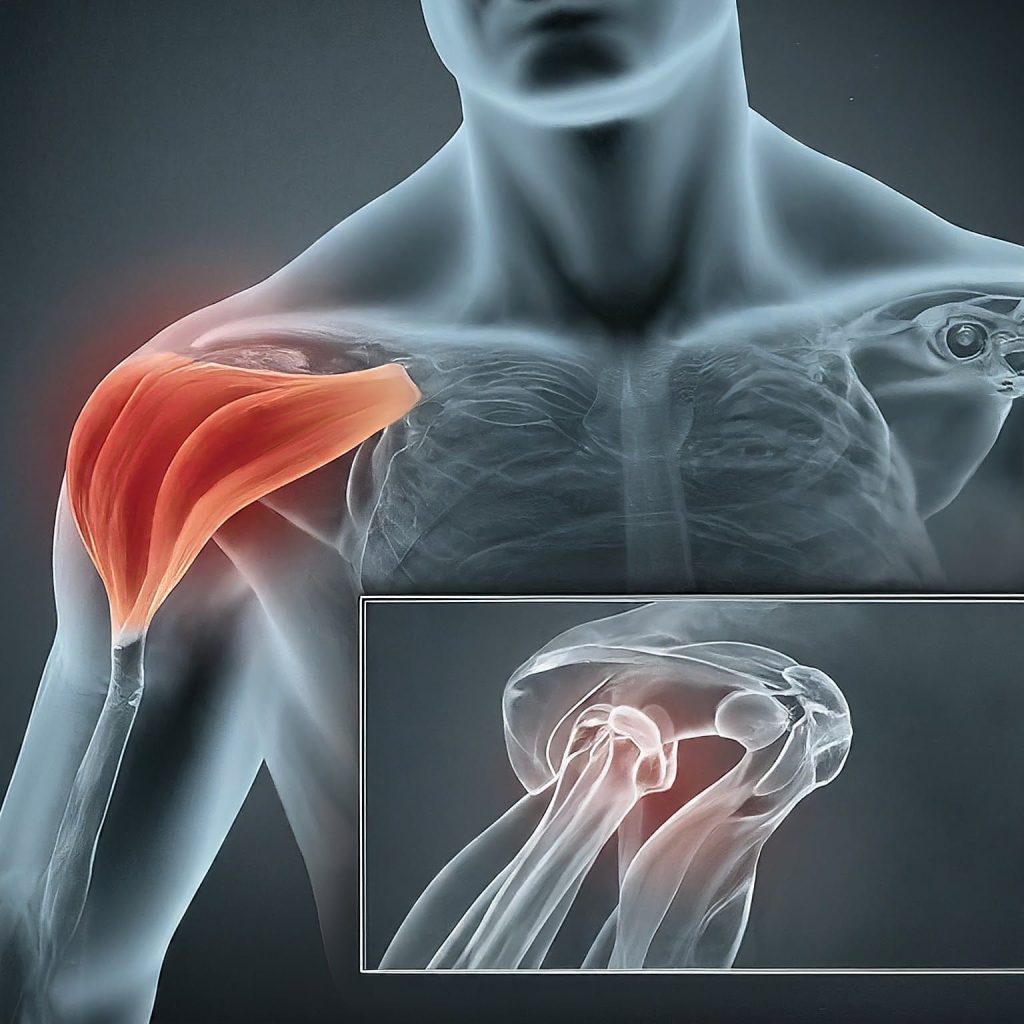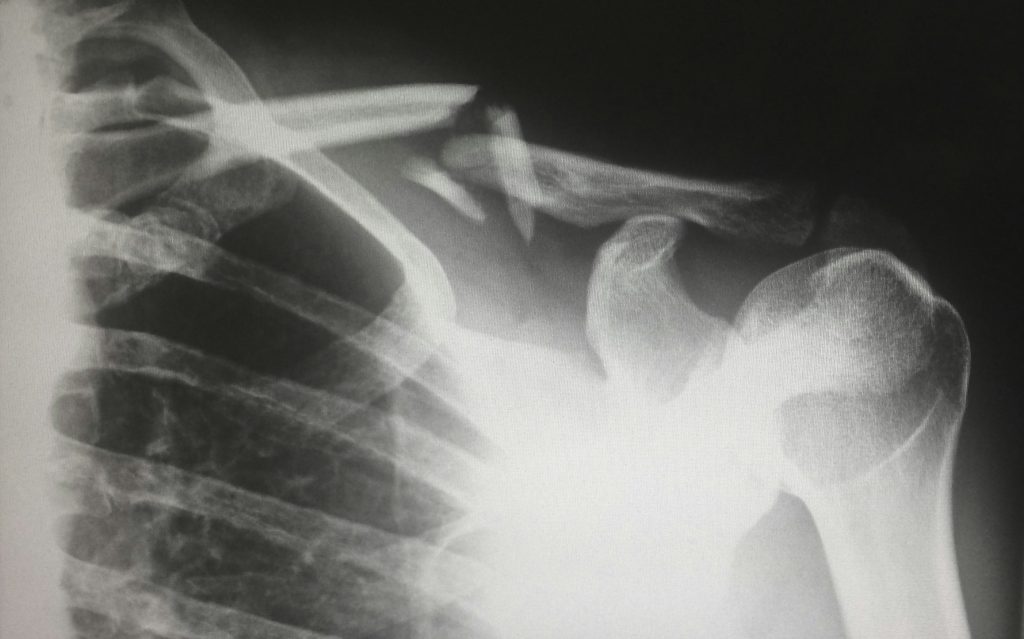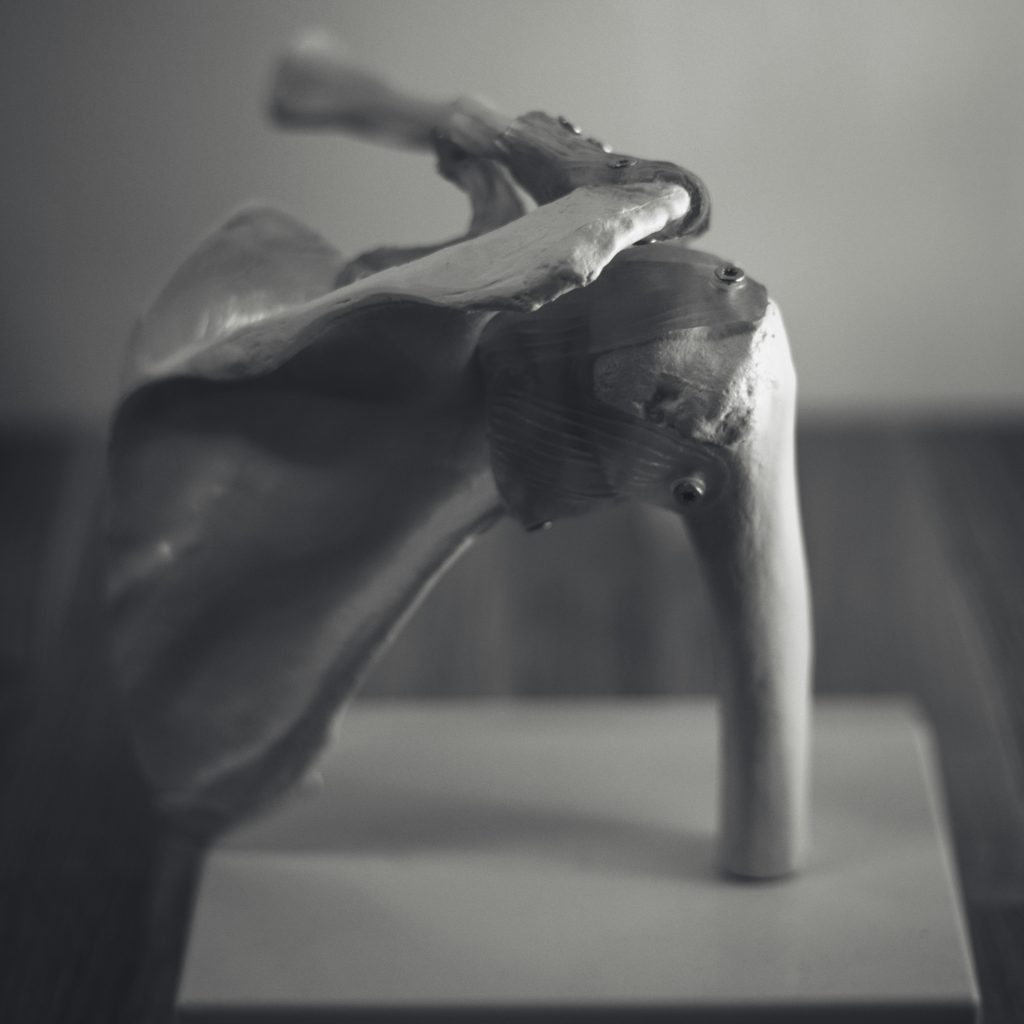
Flaw #1:
Creating early extension of the back leg by pushing off, instead of staying grounded and rotating the pelvis.
Why: Usually, the athlete is seeking power and an initial load into a flexed back leg promotes the idea that pushing off or pushing to the target will “use their legs more”.
Importance: Efficiency of force generation comes from pelvic and torso ROTATIONAL power. Early linear pushing prevents or reduces total coil and un-coil power generation from the hips.
(Possible) Corrective Cue: Rotate your back hip to your target, don’t push off your back foot
Flaw #2:
An excessively wide base to throw from, especially with a forward center of mass.
Why: In relation to Flaw 1, when an athlete begins attacking their target with a linear push off their base tends to get extended and delays front foot strike.
Importance: A long back leg with an extended back leg prevents pelvic rotation and relies on a forward center of mass to “push” the ball to the target vs. rotating. Also increases time to release from initial hand break.
(Possible) Corrective Cue: Keep your feet under your hips, Stay inside a hula hoop
Flaw #3:
Immediate elevation of an arm without allowing a natural pronated hand position with a backward slide that promotes torso counter rotation and scapular loading.
Why: The athlete has been taught that having a “quick release” is about creating the shortest backstroke.
Importance: An arm that has reduced natural arm spiral decreases proper scapular positioning to promote maximal external rotation and shoulder angular velocity from multiple arm angles.
(Possible) Corrective Cue: Take a deep breath, relax your arms, slide the ball back with pinky first
Flaw #4:
Creating rapid and early torso rotation without allowing for adequate hip shoulder separation and a hip first force generation to the target.
Why: Possible lack of mobility but usually because the athlete gets caught with flaw #1 and/or #2 and they are seeking torque from somewhere. The rapid and early torso rotation can cause a yank and also casting of the arm.
Importance: Hip shoulder separation angle and timing are the two hallmarks to enhanced throwing velocity
(Possible) Corrective Cue: At hand break wink your front shoulder to the apex of the perceived throw, hip leads the hand
Flaw #5:
Soft front knee at foot strike.
Why: The athlete does not possess the adequate eccentric strength to accept the rotation forces into the lead leg and or the athlete is possibly over rotating the pelvis and never creating GRF back to decelerate on the front side.
Importance: Losing all the rotational power you generated with your backside by not firmly transferring it up the chain with a firm lead leg kills terminal ball velocity. Additionally, the movement of the front knee creates both head and arm movement near or at release affecting accuracy.
(Possible) Corrective Cue: When your front foot strikes, work your front hip back, or think of driving a car very fast and slamming on the break, the momentum transfer launches items forward. The front leg should be the sudden stop.




